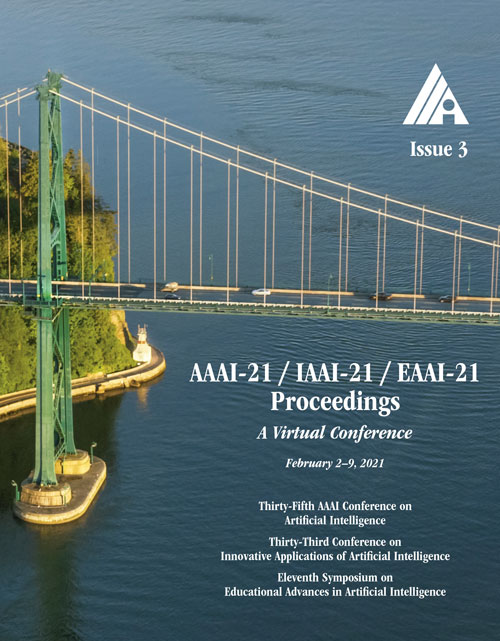ACSNet: Action-Context Separation Network for Weakly Supervised Temporal Action Localization
DOI:
https://doi.org/10.1609/aaai.v35i3.16322Keywords:
Video Understanding & Activity AnalysisAbstract
The object of Weakly-supervised Temporal Action Localization (WS-TAL) is to localize all action instances in an untrimmed video with only video-level supervision. Due to the lack of frame-level annotations during training, current WS-TAL methods rely on attention mechanisms to localize the foreground snippets or frames that contribute to the video-level classification task. This strategy frequently confuse context with the actual action, in the localization result. Separating action and context is a core problem for precise WS-TAL, but it is very challenging and has been largely ignored in the literature. In this paper, we introduce an Action-Context Separation Network (ACSNet) that explicitly takes into account context for accurate action localization. It consists of two branches (i.e., the Foreground-Background branch and the Action-Context branch). The Foreground-Background branch first distinguishes foreground from background within the entire video while the Action-Context branch further separates the foreground as action and context. We associate video snippets with two latent components (i.e., a positive component and a negative component), and their different combinations can effectively characterize foreground, action and context. Furthermore, we introduce extended labels with auxiliary context categories to facilitate the learning of action-context separation. Experiments on THUMOS14 and ActivityNet v1.2/v1.3 datasets demonstrate the ACSNet outperforms existing state-of-the-art WS-TAL methods by a large margin.Downloads
Published
2021-05-18
How to Cite
Liu, Z., Wang, L., Zhang, Q., Tang, W., Yuan, J., Zheng, N., & Hua, G. (2021). ACSNet: Action-Context Separation Network for Weakly Supervised Temporal Action Localization. Proceedings of the AAAI Conference on Artificial Intelligence, 35(3), 2233-2241. https://doi.org/10.1609/aaai.v35i3.16322
Issue
Section
AAAI Technical Track on Computer Vision II

